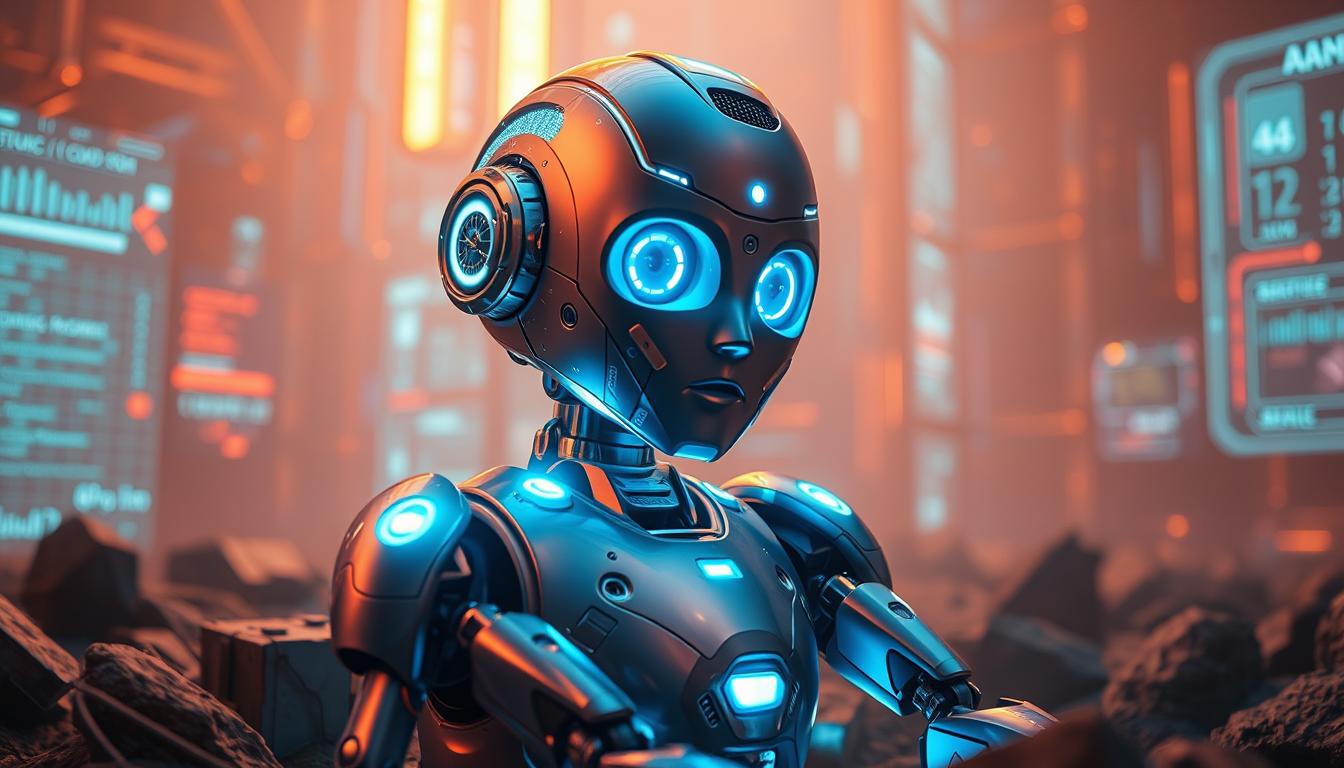ChatGPT is an advanced artificial intelligence chatbot designed to engage in human-like conversations. Built on powerful generative AI technology, it understands and responds to text inputs with impressive accuracy. The model can assist with various tasks, from writing emails to generating code snippets.
This innovative tool leverages natural language processing to create content, answer questions, and even help with creative projects. Businesses and individuals use it for drafting articles, social media posts, and more. Its ability to adapt makes it valuable across multiple industries.
Powered by the GPT architecture, ChatGPT demonstrates how far technology has come in mimicking human communication. Whether for productivity or entertainment, its applications continue to expand daily.
Key Takeaways
- ChatGPT is an AI-powered chatbot for natural conversations
- Generates text content including emails and articles
- Built on advanced GPT architecture technology
- Assists with coding and creative writing tasks
- Used across various professional and personal applications
Introduction to ChatGPT
OpenAI introduced ChatGPT in November 2022, revolutionizing digital interactions. Built on Generative Pre-trained Transformer (GPT) technology, it processes text inputs with human-like precision. The free version leverages GPT-4o mini, balancing speed and accuracy.
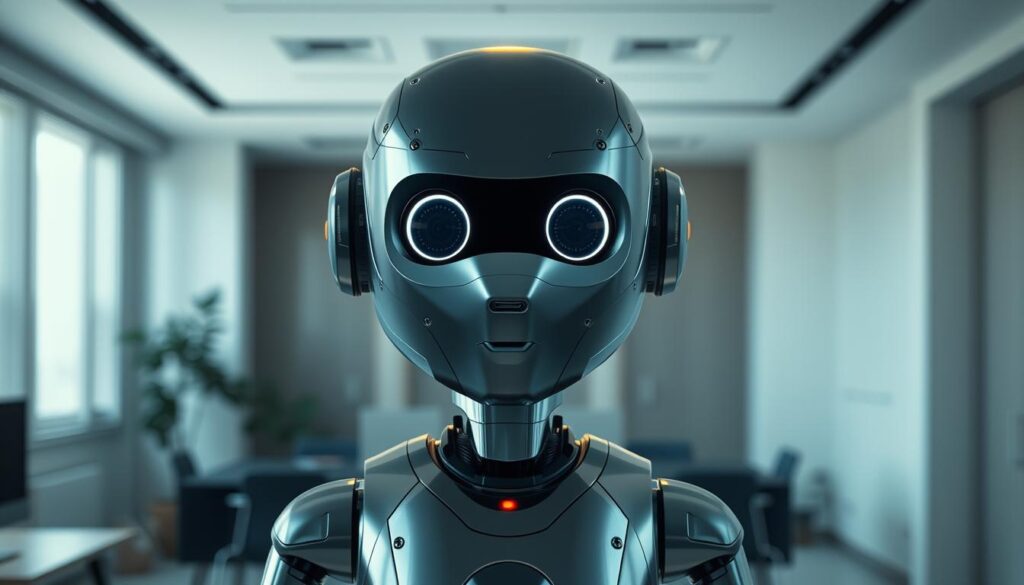
Transformer neural networks power ChatGPT’s core functionality. These models analyze vast datasets from the internet, learning patterns to generate coherent responses. Unlike older chatbots, ChatGPT adapts in real-time, making it ideal for dynamic conversations.
Current versions include GPT-3.5 and the advanced GPT-4o. Here’s a quick comparison:
| Model | Key Features | Best For |
|---|---|---|
| GPT-3.5 | Fast responses, general queries | Casual users, quick tasks |
| GPT-4o | Higher accuracy, nuanced answers | Complex research, coding |
Adoption rates skyrocketed within months, with millions leveraging its capabilities. From drafting emails to brainstorming ideas, ChatGPT’s versatility sets it apart from predecessors like Siri or Alexa.
Who Created ChatGPT?
Behind every powerful AI tool stands a visionary team—ChatGPT is no exception. Developed by OpenAI, a leading AI research company, the chatbot emerged from a mission to ensure artificial intelligence benefits humanity. Co-founded in 2015 by Elon Musk, Sam Altman, and others, OpenAI blends entrepreneurial drive with cutting-edge research.

Microsoft’s $10 billion investment supercharged OpenAI’s capabilities, accelerating ChatGPT’s development. The internet became a training ground for the AI, with data fueling its conversational prowess. From GPT-3 to GPT-4o, each model iteration refined accuracy and responsiveness.
OpenAI’s team includes engineers, ethicists, and linguists working in tandem to push boundaries. Beyond ChatGPT, they’ve launched innovative projects like DALL-E for image generation and Whisper for speech recognition. This multidisciplinary approach ensures AI evolves responsibly.
Today, ChatGPT stands as a testament to collaborative innovation—where technology meets human ingenuity to redefine communication.
How Does ChatGPT Work?
Transformer networks and human input shape ChatGPT’s intelligent responses. This AI marvel relies on deep learning and vast data to mimic human conversation. Below, we break down its core mechanisms.
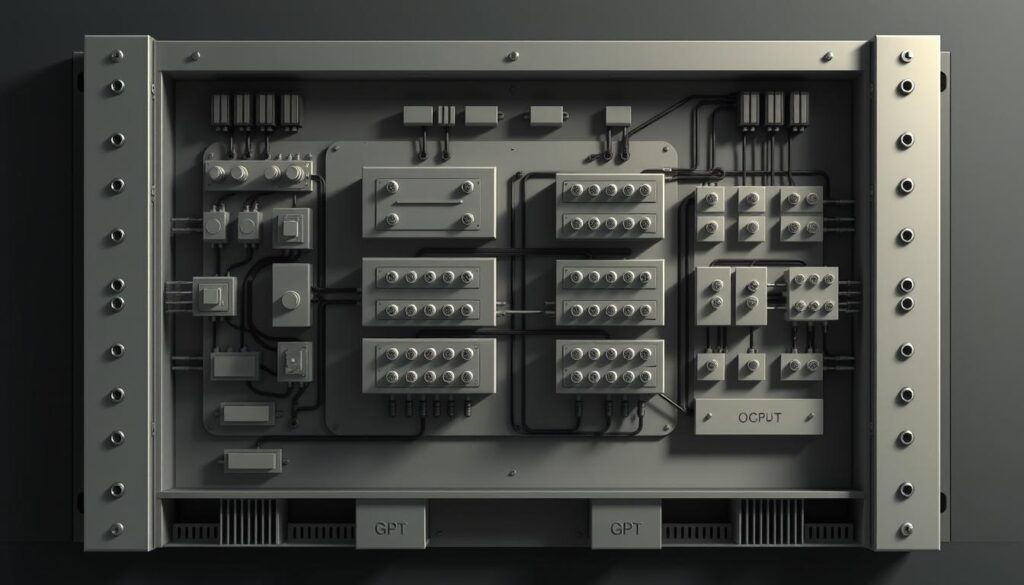
The GPT Architecture
ChatGPT runs on Generative Pre-trained Transformer (model) technology. Unlike older systems, it processes text in context, not just word-by-word. This allows nuanced replies, whether drafting emails or explaining complex theories.
Key upgrades from GPT-3.5 to GPT-4o include:
| Feature | GPT-3.5 | GPT-4o |
|---|---|---|
| Speed | Faster | Slower but precise |
| Accuracy | General knowledge | Detailed analysis |
| Use Case | Quick tasks | Research, coding |
Training Process
The AI learns from books, websites, and curated conversations. Human trainers refine its outputs through Reinforcement Learning from Human Feedback (RLHF). Users also upvote or downvote answers, helping the model improve over time.
Role of Human Feedback
RLHF ensures responses align with human values. Trainers rank answers, teaching ChatGPT to prioritize clarity and relevance. This blend of data and oversight minimizes errors, though limitations like outdated information persist.
Despite its prowess, transformer models struggle with:
- Context beyond recent inputs
- Fact-checking in real-time
- Highly specialized queries
What Does ChatGPT Do? Exploring Its Core Functions
From coding to creative projects, this tool reshapes digital workflows. It tackles tasks like debugging, language translation, and even composing music. Whether for professionals or casual users, its adaptability stands out.
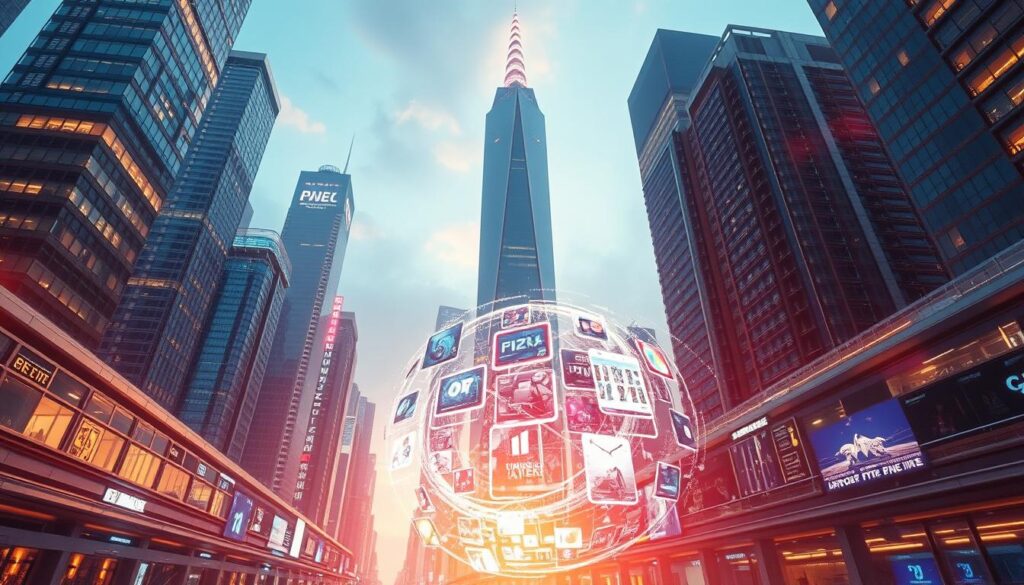
Natural Language Processing
The AI excels in understanding and generating human-like text. It breaks language barriers with real-time translations across 50+ languages. STEM disciplines? No problem—it explains complex concepts in simple terms.
Content Generation
Need a blog post or video script? It crafts content tailored to your needs. GPT-4 can generate up to 25k-word responses, ideal for detailed reports. Creative writing, like poetry or resumes, becomes effortless.
Conversational Abilities
Think of it as a multitasking assistant. Draft emails, brainstorm ideas, or debug code—all through natural dialogue. Its way of learning from feedback ensures smarter replies over time.
Beyond text, it processes images for richer interactions. This generation of AI blends creativity with precision, making it a game-changer for businesses and individuals alike.
What Kinds of Questions Can Users Ask ChatGPT?
The range of queries ChatGPT handles spans from simple facts to deep philosophical debates. Users worldwide rely on it for instant answers, creative sparks, and technical solutions. Whether drafting a novel or debugging code, this AI adapts to diverse needs.

- STEM problem-solving: Solve quadratic equations or explain quantum physics in plain text.
- Creative writing prompts: Generate poetry, dialogue, or even a sci-fi plot twist.
- Technical troubleshooting: Debug Python scripts or optimize SQL queries.
- Personal advice: Get tips for resume-building or mindfulness exercises.
- Current events: Note: Knowledge cuts off in late 2023, so time-sensitive updates may be outdated.
From “What year did New York become a state?” to “What’s the meaning of life?”, no question is too big or small. For research or casual chats, ChatGPT delivers nuanced replies—though always verify critical facts independently.
How Are People Using ChatGPT?
Businesses and individuals leverage AI for diverse tasks, transforming daily workflows. Over 50% of users employ it for work-related activities, from drafting reports to optimizing team collaboration. Its versatility makes it indispensable across industries.

Writing and Content Creation
Marketing teams automate blogs, social posts, and product descriptions. CNET’s AI-generated articles (despite occasional errors) showcase its potential. Key applications include:
- SEO-optimized web content in minutes
- Personalized email campaigns at scale
- Scriptwriting for videos and podcasts
Coding and Debugging
Developers rely on AI-powered tools like GitHub Copilot to streamline workflows. It suggests code snippets, fixes errors, and even explains complex algorithms. Common uses:
- Automating repetitive coding tasks
- Translating legacy code to modern languages
- Generating documentation for APIs
Educational Assistance
Students and educators use it to outline papers, practice languages, or simplify STEM topics. For example:
- Generating essay drafts with cited sources
- Creating interactive quizzes for study sessions
- Translating academic texts in real-time
What Are the Benefits of ChatGPT?
Efficiency meets innovation through ChatGPT’s powerful capabilities. Businesses and individuals alike leverage its features to streamline tasks, enhance creativity, and break language barriers. The AI’s adaptability makes it a must-have in modern workflows.

Efficiency and Cost Savings
ChatGPT slashes content creation time by 40%, letting teams focus on strategy. SMEs see measurable ROI—automating customer service or drafting contracts cuts operational costs. Its 24/7 availability ensures productivity never stalls.
For enterprises, scalability is seamless. The AI integrates with existing tools, from CRM systems to coding platforms. One marketing team reported a 60% faster campaign rollout using generated drafts.
Improved Content Quality
Grammar enhancement and style adjustments elevate writing instantly. The AI suggests concise phrasing or richer vocabulary, ideal for non-native speakers. *CNET* and other publishers use it to refine articles before human editing.
Creative projects benefit too. Whether scripting videos or composing music, ChatGPT’s nuanced outputs often surpass basic templates. A novelist shared how it helped overcome writer’s block with dynamic plot ideas.
Multilingual Support
With 50+ languages, localization becomes effortless. Real-world examples include e-commerce sites translating product descriptions in minutes. Plus, idioms and cultural references adapt naturally—no clunky direct translations.
ChatGPT Plus subscribers enjoy priority access during peak hours, crucial for global teams. A travel agency reduced response times to international clients by 75%, boosting satisfaction rates.
What Are the Limitations of ChatGPT?
While powerful, AI chatbots like ChatGPT still face notable constraints. These boundaries affect reliability in professional and academic settings. Understanding them helps users avoid over-reliance on generated outputs.
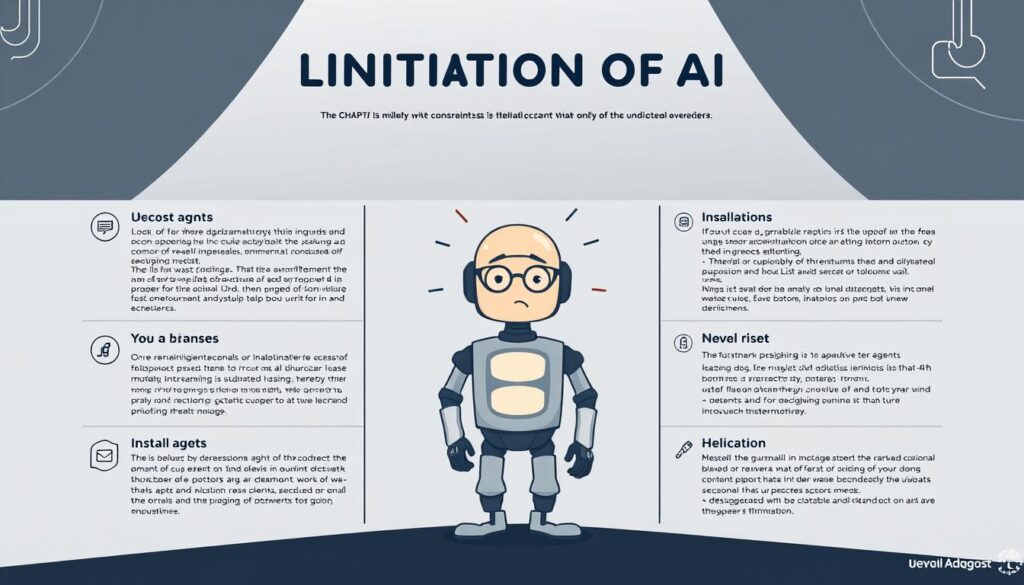
Contextual Understanding Challenges
The model sometimes struggles with nuanced communication. Sarcasm and subtle humor often get misinterpreted, leading to literal responses. Free versions show a 15-20% hallucination rate—fabricating facts when uncertain.
Conversation continuity poses another hurdle. The AI may lose track of context beyond recent exchanges. This becomes apparent in long discussions where earlier details get overlooked.
Source Citation Issues
Verifying information remains problematic without explicit prompts. A research case study revealed risks of medical misinformation when users didn’t request sources. The system rarely cites references unless specifically asked.
Plagiarism detection proves equally challenging. While the AI generates original text, it may unintentionally mimic phrasing from its training data. Content creators should always run checks before publishing articles.
Other key limitations include:
- Technical inaccuracies in code snippets requiring manual review
- Knowledge frozen at October 2023 cutoff for free versions
- Difficulty handling highly specialized industry jargon
These constraints don’t diminish ChatGPT’s utility but highlight areas for human oversight. Combining AI outputs with critical thinking yields the best results.
What Are the Ethical Concerns Associated with ChatGPT?
The rise of conversational AI brings pressing ethical dilemmas to light. While ChatGPT offers immense utility, its widespread use sparks debates about accountability, fairness, and security. These concerns shape how users and policymakers interact with the technology.
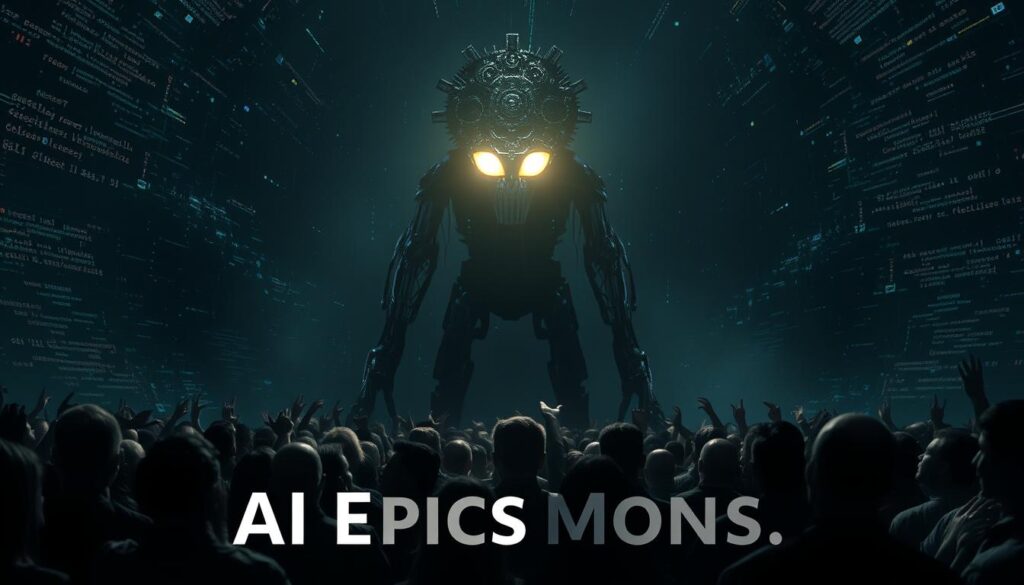
Plagiarism and Misinformation
Schools report a 30% surge in AI-assisted cheating, blurring academic integrity lines. The tool’s ability to generate essays or code risks copyright infringement, with lawsuits targeting OpenAI’s training methods. Fact-checking remains critical—ChatGPT may hallucinate data post-2023.
For publishers, AI-generated articles raise authenticity questions. While the company filters harmful content, malicious actors exploit gaps to spread malware or fake news. Italy’s 2023 ban highlighted GDPR fears over data handling.
Bias in Training Data
AI models mirror biases in their internet-sourced training data. Studies show political leanings in responses, favoring certain ideologies. Microsoft’s $10B investment amplifies scrutiny—could corporate interests shape ChatGPT’s neutrality?
Efforts to mitigate bias include human feedback loops. Yet, stereotypes occasionally surface in language or hiring advice. Transparency about data sources remains limited.
Privacy and Security
Conversations may train future models unless users opt out. Sensitive queries risk exposure, despite OpenAI’s encryption claims. Cybersecurity experts warn of phishing scams mimicking ChatGPT’s way of writing.
Key concerns include:
- Data retention policies lacking clarity
- Workforce displacement fears in creative fields
- Potential for weaponizing AI-generated content
Balancing innovation with ethical safeguards is the next frontier for technology leaders. Users must stay informed to navigate these challenges responsibly.
How Can You Access ChatGPT?
Getting started with this AI tool is quick and straightforward. The platform offers multiple access points to suit different needs, from casual users to large enterprises. Whether on desktop or mobile, the process takes just minutes.
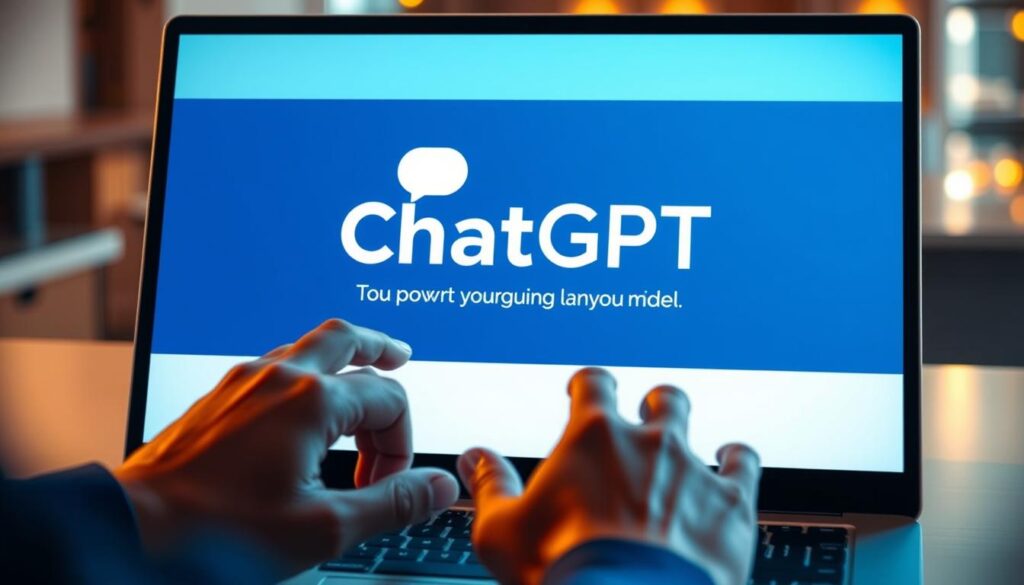
The free version is available directly through any web browser at chat.openai.com. No downloads are required—just sign up with an email or Google/Microsoft account. Once registered, you can immediately start interacting with the AI.
For on-the-go use, download the official iOS or Android app. Performance remains consistent across devices, though the app offers push notifications for responses. Both versions sync conversations in real-time through your account.
Business teams can explore enterprise solutions with enhanced features. These include custom GPT models tailored to specific industries and advanced data analysis tools. API access allows seamless integration with existing workplace software like Slack or Microsoft Teams.
Key differences between platforms:
- Browser: Full functionality without installation
- Mobile apps: Optimized for voice input and notifications
- Enterprise: Priority support and admin controls
All options require an active internet connection. The system automatically saves your chat history across devices, making it easy to pick up conversations anywhere. For organizations, additional security features ensure data protection during sensitive exchanges.
Is ChatGPT Free?
The AI platform offers both free and premium tiers with distinct features. While the free version provides basic functionality, paid plans unlock advanced capabilities. Let’s break down what each tier offers.
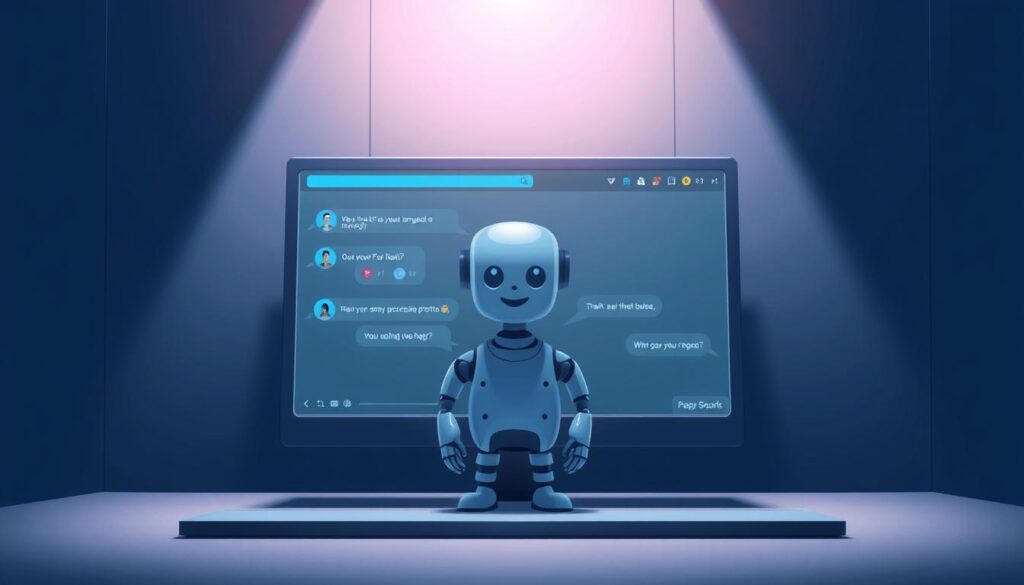
Free accounts use GPT-4o mini, balancing speed and performance. This suits casual users who need occasional assistance. However, during peak times, response speeds may slow down.
| Plan | Key Features | Best For |
|---|---|---|
| Free | GPT-4o mini, limited capacity | Students, personal projects |
| Plus ($20/month) | GPT-4o, DALL-E 3, Voice Mode | Professionals, content creators |
| Pro ($200/month) | o1 model, API priority | Enterprises, developers |
Usage limits vary significantly between plans:
- Free: ~15 requests/hour during busy periods
- Plus: 5x more capacity than free tier
- Pro: Custom rate limits available
Students and educators receive 50% discounts on Plus subscriptions. Verification requires an active .edu email or faculty ID. Many leverage these savings with educational prompts for maximum value.
Regional availability affects certain features. Voice Mode currently supports 37 languages, while image generation faces restrictions in some countries. Always check OpenAI’s service page for updates.
“Free tiers democratize AI access, while premium plans deliver enterprise-grade reliability.”
Refund policies differ by payment method. Monthly subscriptions allow cancellation anytime, but annual commitments may have stricter terms. All plans include a 14-day money-back guarantee.
What Are the Alternatives to ChatGPT?
Several powerful AI tools compete with ChatGPT in today’s digital landscape. Each offers unique features catering to different needs, from real-time web access to specialized industry solutions. Let’s explore the top contenders reshaping how we interact with artificial intelligence.

Google Gemini
Formerly Bard, Gemini stands out with live internet connectivity—a key advantage over ChatGPT’s knowledge cutoff. This model excels at pulling current data for research or news analysis. Its deep integration with Google Workspace makes it ideal for productivity tasks.
Key features include:
- Real-time stock prices and weather updates
- Multi-modal responses combining text and images
- Free access with optional Gemini Advanced tier
Microsoft Copilot
Powered by GPT-4, Copilot shines in business environments through seamless Office 365 integration. The AI assists with Word documents, Excel formulas, and PowerPoint presentations. Bing search capabilities provide cited sources—valuable for professionals needing verification.
| Feature | Copilot | ChatGPT |
|---|---|---|
| Office Integration | Native | Limited |
| Citations | Automatic | Manual request |
| Pricing | Free with Microsoft 365 | Subscription-based |
Other Text Generators
For specialized needs, niche platforms offer targeted solutions. Perplexity AI provides academic-grade responses with footnotes—perfect for research. Copy.ai focuses on marketing content, while Claude excels at long-form writing.
Open-source alternatives like LLaMA appeal to developers wanting customization. Enterprise solutions such as IBM Watson handle complex industry jargon in healthcare or finance. The choice depends on your specific requirements and budget.
“The best AI assistant varies by use case—Gemini for real-time data, Copilot for Office work, and ChatGPT for general creativity.”
When evaluating options, consider response accuracy, integration capabilities, and total cost. Many users combine multiple tools to leverage their respective strengths in different scenarios.
ChatGPT Updates and New Features
OpenAI continues to push boundaries with cutting-edge upgrades for its AI platform. The latest version, GPT-4o, launched in May 2024, delivers faster responses and enhanced capabilities. These improvements make the tool more versatile for both personal and professional use.

GPT-4o and Advanced Voice Mode
The new GPT-4o model processes information 50% faster than its predecessor. It also introduces emotion detection in Voice Mode, adding human-like intonation to responses. This creates more natural conversations across 37 languages.
Key upgrades include:
- Multimodal input handling—combine text, images, and voice
- Enterprise features like custom model fine-tuning
- Reduced API costs to $0.03 per 1k tokens
ChatGPT Search
OpenAI now offers real-time web access through ChatGPT Search. This feature competes with traditional search engines by providing verified answers with sources. The verification process ensures higher accuracy for time-sensitive queries.
| Feature | Benefit |
|---|---|
| Live Data Access | Current stock prices, news, weather |
| Citation Generation | Automatic source references |
| Side-by-Side Results | Compare multiple answers instantly |
These updates demonstrate OpenAI’s commitment to evolving AI access and functionality. The platform continues to set industry standards while remaining user-friendly.
“GPT-4o represents our most advanced model yet—blending speed, accuracy, and emotional intelligence.”
Future roadmap items include expanded image generation tools and deeper third-party integrations. Subscribers can expect these enhancements throughout 2024.
ChatGPT for Business and Education
From boardrooms to classrooms, advanced language models create new opportunities. Over 65% of Fortune 500 companies now use these tools to enhance operations. Simultaneously, universities adopt specialized versions like ChatGPT Edu to transform learning experiences.

- Salesforce and HubSpot sync for automated CRM updates
- Shared GPTs with custom knowledge bases for departments
- Real-time analytics dashboards tracking AI-assisted productivity
Educational institutions implement AI in innovative ways:
- Personalized lesson plans adapting to student progress
- Automated grading for essays and coding assignments
- 24/7 tutoring systems with multilingual support
The business tier offers enhanced compliance features. These include data encryption and access controls meeting HIPAA/FERPA standards. For users handling sensitive information, audit logs provide full transparency.
“Companies using AI for training report 40% faster onboarding with 30% higher retention rates.”
Measurable ROI drives adoption across sectors. Marketing teams see 50% faster content production, while engineering groups reduce debugging time by 65%. As these business and academic applications evolve, they redefine traditional workflows.
ChatGPT vs. Traditional Search Engines
Digital information retrieval evolves as AI competes with classic search methods. The web now offers two distinct paths: algorithmic listings from Google and conversational answers from AI tools. Each approach serves different needs in today’s research landscape.

Recent tests show ChatGPT Search delivers 72% accurate responses compared to traditional engines. It processes 10k queries per second without ads cluttering results. However, citation reliability remains weaker than established internet search platforms.
Key differences emerge in information freshness:
- Traditional engines index live web content continuously
- AI models rely on training data snapshots (updated periodically)
- Hybrid solutions like ChatGPT Search blend both approaches
Query understanding varies significantly. Search engines match keywords, while AI interprets intent behind text inputs. This allows more natural questions like “Explain quantum physics simply” versus exact phrase matching.
Multimedia handling showcases another contrast:
- Search engines excel at image/video discovery
- AI generates original media through tools like DALL-E
- Enterprise solutions combine both capabilities
The future points toward integration rather than replacement. Expect hybrid systems that merge AI’s conversational strengths with traditional search’s vast articles database. As both technologies advance, users will enjoy the best of both worlds.
“Next-gen search won’t be about algorithms versus AI—it’ll be algorithms powered by AI.”
Conclusion
AI-powered tools like ChatGPT redefine how we interact with technology. From drafting emails to solving complex problems, they offer unmatched versatility. The way these models learn ensures continuous improvement over time.
Future advancements will likely focus on real-time accuracy and ethical safeguards. For users, balancing innovation with critical thinking remains key. The cost-benefit ratio favors adoption—boosting productivity while minimizing manual effort.
Ready to explore? Test its capabilities firsthand and discover how AI can simplify your workflow. The potential is limitless when used responsibly.

